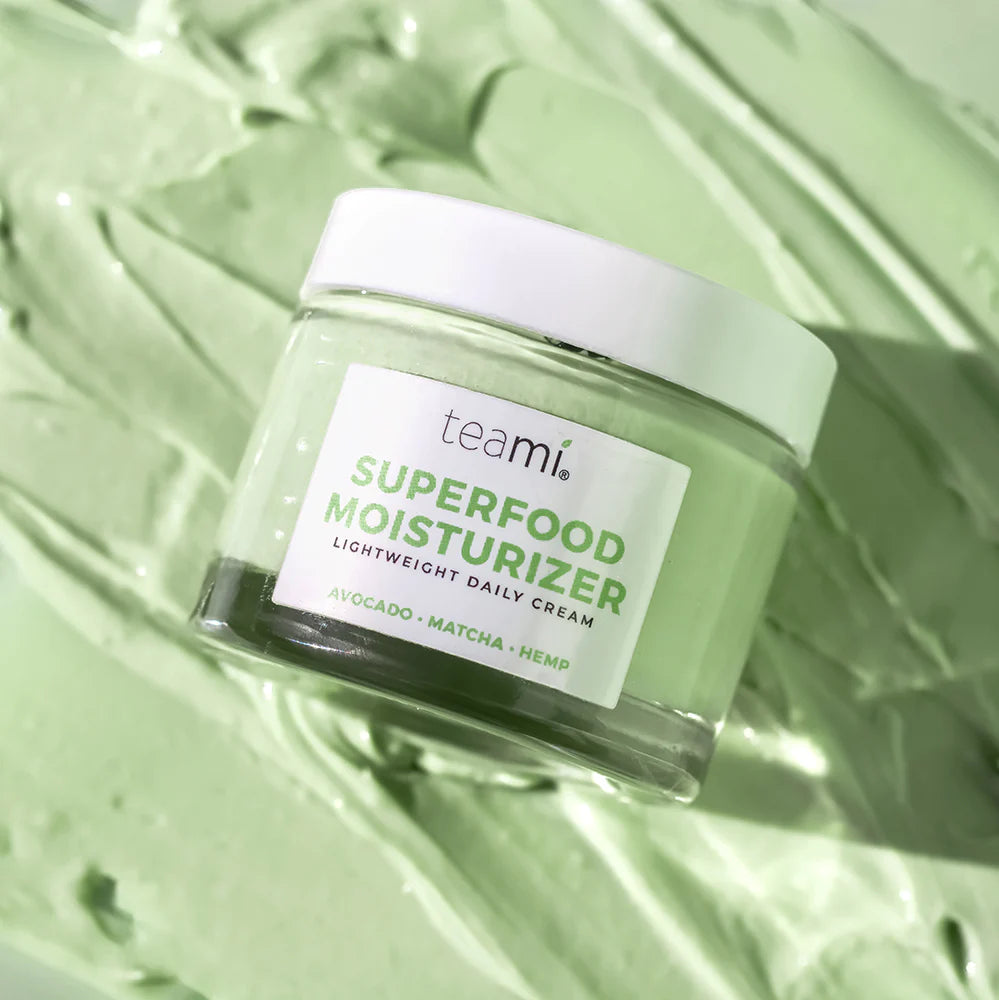What Is Lapsang Souchong Tea and Is It Worth Trying?
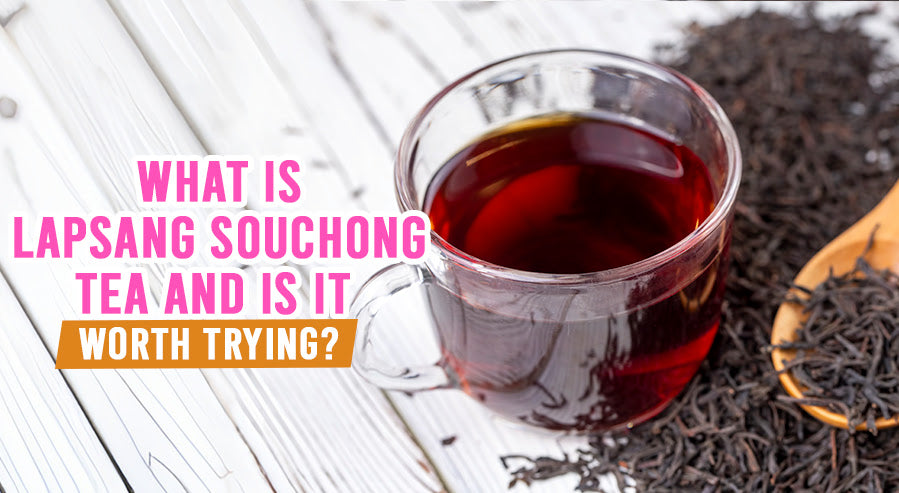
I recently discovered Lapsang Souchong, a tea that surprises your taste buds with an interesting flavor. This particular black tea comes from the Fujian province in China, and unlike the everyday tea that we're used to, Lapsang Souchong delivers a smoky punch that is specific and unique. The mysterious hint of smoke caught my attention and hooked me right from the first sip.
This tea comes from the misty mountains where the workers still diligently follow the age-old traditions in its production and they gently dry the tea leaves over pinewood fires giving it a kind of magical smoky taste. This production process is interesting and it usually gets a topic to talk about among those who have had the chance to experience it.
If you love tea or enjoy trying new flavors from different parts of the world you should try Lapsang Souchong. It has a rich cultural experience that tantalizes those taste buds and makes for a memorable tasting adventure and it's fun to try something that's different from the usual.
Let's appreciate the unique beauty and the special flavor of Lapsang Souchong.
The Origin of Lapsang Souchong and The Smoking Process
Lapsang Souchong tea has an involved story that really makes me appreciate it more. The story begins during the troubled period of the Qing dynasty in the 17th century when Qing soldiers invaded a tea-processing village in the Wuyi Mountains and the villagers had to find a quick and innovative way to save their tea harvest. They used pine wood and needles to dry the leaves because that was all they had at hand and this quick decision gave the tea its unique smoky flavor which has since become popular worldwide.
At that time, the villagers wanted to handle this crisis, and their quick answer became a celebrated method of tea-making that people continue to value today. This process means picking the tougher fourth and fifth leaves of the tea plant, and these leaves can stand up to the intense smoking that defines the unique character of Lapsang Souchong. These leaves are stronger and a better choice for this type of tea than the delicate buds that are used for other types.

The production process interests anyone who takes the time to observe it. Workers start by withering the leaves over flames from pine roots, and this step infuses the leaves with a smoky quality and removes their moisture. Then, the workers pan-fry and roll the leaves. During a visit to Fujian, I noticed this technique, and it is clear how carefully and rhythmically the workers handle the leaves.
The workers continue by fully oxidizing the leaves, which changes their chemical makeup and prepares them for the important smoking phase. During my visits, I saw how the workers hang the leaves above smoldering pinewood fires, and the smoke fills the leaves, adding a strong autumn bonfire-like smell and taste that distinguishes Lapsang Souchong.
When you drink this tea you notice its strong yet balanced smoky essence that feels like a quick escape to the pine forests of Fujian where you can almost hear the fires crackling. To get the best flavor use freshly boiled water and let the leaves steep for about three to four minutes to avoid any bitterness.
Learning about the production of Lapsang Souchong has deepened my love for this tea and ensured its place in my collection. It has a compelling and memorable tasting experience and stands as a proud testament to a rich cultural heritage. Each sip contains as much history as it does flavor, so the next time you enjoy a cup, take a moment to think about the small village and the impressive process behind this tea.
How Do You Brew It, and At What Temperature?
Making Lapsang Souchong might lead you to feel as if you're conducting a science experiment because it has an intense and smoky profile. It is really important to get just the right temperature and steeping time to capture those special flavors without hiding the subtle notes that make this tea so very special.
I always follow a traditional method when I make Lapsang Souchong, and it seems to be the most useful approach. It is really important to measure the tea accurately, and I use about 1 to 2 teaspoons of every 8 ounces of water. I heat the water to around 205 to 210 degrees Fahrenheit, and I have noticed that overly hot water can make tea bitter and hide the delightful smoky flavors we all cherish.
I pour the boiling water over the leaves and let them steep for about 3 to 5 minutes. I always begin with a 3-minute steep and adjust if I want a stronger smoky flavor somehow. Removing the leaves on time is important to avoid making the brew too strong, which can sometimes be overwhelming.

I initially tried steeping times of about 2.5 minutes, which ended up in a light and smoky flavor. If I want a deeper wood-smoked taste, I might extend the time in small 30-second increments. Changing the steeping time is interesting and definitely gives me control over the flavor.
I like adding Lapsang Souchong to my dishes as it improves the flavors of salty and spicy foods without ever dominating them.
Studying Lapsang Souchong has nearly perfected my preparation technique and has also allowed me to use it creatively in cooking. Its unique taste and flexibility make sure it always holds a place in both my tea cabinet and spice rack. So, if you're thinking about adding this smoky tea to your kitchen or just need some tips on how to brew it properly, you should definitely keep these tips in mind.
Techniques and Tips
The first time I tried making Lapsang Souchong, the smoke really caught my attention, and to fully appreciate its specific flavor, one really must pay close attention to the preparation method, which can really affect the tea's strength and subtlety.
For those new to Lapsang Souchong, the Western method of tea preparation might seem a bit easier. I typically use about five grams of tea for every six ounces of water, and the important first step is to boil the water, which fits the tough nature of this tea well. After boiling, slowly pour the water over the tea leaves and let them steep. For a pronounced smoky flavor, steep the tea for about three to four minutes. If you like a milder taste, you should steep it for two to three minutes instead.
Gently re-steeping the tea can show fresh dimensions in its flavor, and you can steep Lapsang Souchong at least once more. On the second infusion, I usually notice milder smoky notes and a more complicated taste profile. It feels like the tea is slowly revealing its specific beauty in your cup.
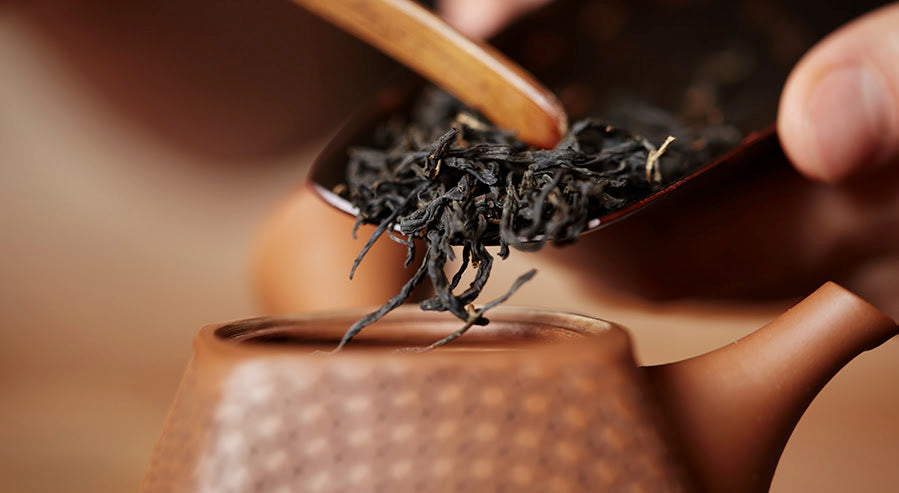
Making tea using the Gongfu method, part of the traditional Eastern-style process, turns the activity into a ceremonial event. This approach uses more leaves and means shorter, repeated steepings. While it might seem scary at first, the Gongfu style lets you experience the growing flavors across a few infusions. Start with a quick 30-second steeping and adjust the timing based on how the flavor develops.
Lapsang Souchong's taste can range from strong and smoky to pretty sweet and subtle. The tea is sourced from the Wuyi Mountains in Fujian province, where it is smoked over pine wood, adding a unique historical and geographical dimension to every sip.
I have also begun Lapsang Souchong in my cooking and It works as an excellent smoky rub for meats and also enriches sauces considerably. Think about the tough profile of the tea as an important ingredient in your cooking ventures.
If you're a novice curious about its reputation or an avid tea enthusiast you really should try Lapsang Souchong. It has a number of rich aromas and flexible applications!
What Does It Taste Like?
Lapsang Souchong really stands out with its flavor, and it grabs your attention, doesn't it? I tried its flavor for the first time, and its smoky quality reminded me of those nights spent around a campfire under the stars. Workers use pine wood fires to dry the leaves, and this gives a unique and strong smoky taste, adding flavor and a piece of history to every sip.
You might have noticed that Lapsang Souchong usually gets the main topic of conversation, much like the remaining scent of a campfire or the smell of smoked meat. But the tea also has some gentle, sweet notes, and sometimes it surprises with hints of fruity flavors.
Some varieties also introduce a refreshing menthol-like zing to their smokiness, which is fun on a particularly warm day. Each sip shows complicated layers like dried fruits and a mild biscuity finish that matches the strong taste well.
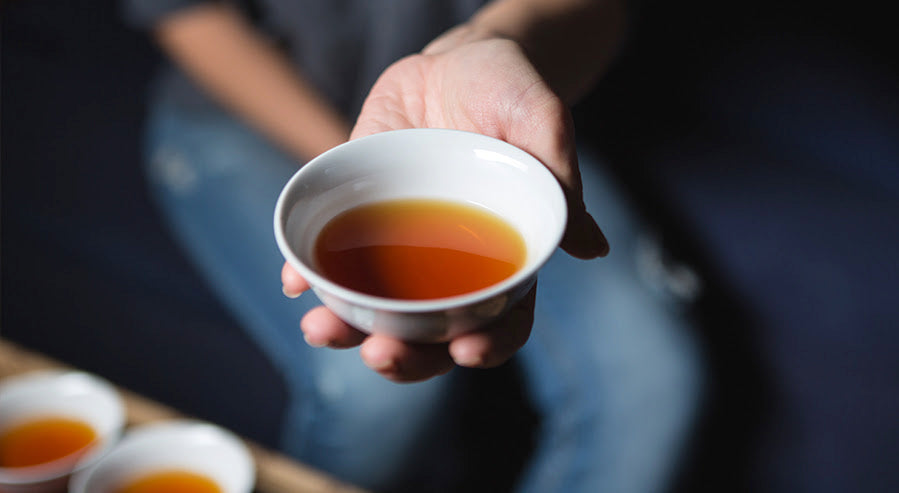
But its intense smoky flavor might be too strong for some people. I find it pretty inviting but I understand it can be too much for others. If you're trying Lapsang Souchong for the first time, think about starting with a small amount or mixing it with another type of tea. This approach lets you get used to the smoky flavor gradually and look at the rich tastes at your own pace.
It's also interesting to see how the flavors change based on the origin of the tea leaves and their processing methods. The method of picking the leaves and the very specific smoking process add subtle differences each time. Changing the smoke exposure time and techniques can show new sides of its taste, which makes each session a new discovery.
To me, talking about Lapsang Souchong is like sharing a flavorful and aromatic story filled with centuries-old traditions. If you're excited to try new types of tea, trying Lapsang Souchong is rewarding. Why not give it a try? The complexities of Lapsang Souchong are sure to add an interesting chapter to your tea experiences.
Other Uses For Lapsang Souchong
I have been experimenting a lot in the kitchen lately, particularly with Lapsang Souchong, which is a smoky tea. In the beginning, I was not very sure about it in my cooking as I had some doubts about the kind of results it would produce for me. But when I started adding a little bit to some of my easy recipes, it turned out to have improved them by adding an incredible depth of flavor. Now, it has become my secret ingredient, and I absolutely love it.
I typically use Lapsang Souchong to marinate tofu along with soy sauce and honey, and this combination creates a rich and smoky flavor that is basically unbeatable. For those who enjoy meat and want something new, I recommend marinating steak with this tea blended with garlic and pepper since this mix improves the flavor of the meat without overwhelming it.
In addition, I also brew a cup of this tea and add it to vegetarian stews and my special barbecue sauce, which adds a comforting smoky hint that is just perfect for grilled dishes. This addition makes everything feel a bit richer and more fun, no doubt.
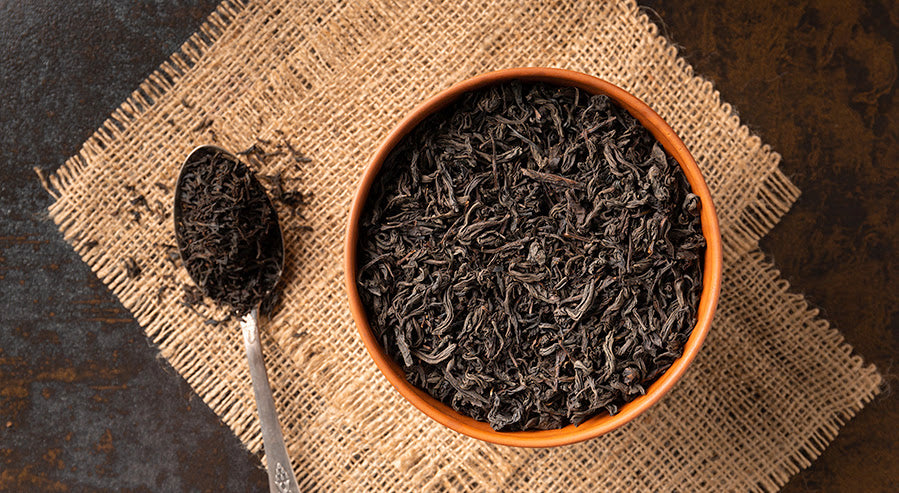
Lapsang Souchong is about flavor as it's rich in antioxidants that support heart health and may even protect against some illnesses. I find that the L-theanine in it is very helpful for boosting immunity, too. When I feel under the weather, drinking this tea gives me a lot of comfort and helps me recover faster. It also helps digestion after a big meal, keeps up my energy without the caffeine shakes I get from coffee, and is very useful in helping to cut down on stress.
If you want help with your cooking and add some health benefits, you might want to try adding Lapsang Souchong to your dishes and see. If you brew it in a cup or simmer it with your favorite recipes, it is both a flavor and health enhancer that is definitely worth trying out in your kitchen!
Finding The Perfect Blend
If you happen to like strong flavors or if you find yourself curious about the subtle sweet notes in Lapsang Souchong you will surely enjoy and appreciate having such a unique experience. Each cup has a little adventure which makes you feel as though you're discovering something new and exciting.

Thinking about enjoying the same smoky taste that people around the world have enjoyed for so many centuries is exciting and special to think about connecting with those ancient traditions that have existed for so long.
So why not try something a bit different this time? Instead of picking your usual tea, why don't you look at something extraordinary? Try Lapsang Souchong and find a different world of tea and this just might turn into your new favorite tea. Enjoy it one smoky sip at a time and see where this wonderful trip takes you. This process is worth taking.
Subscribe to our Newsletter
Subscribe to our newsletter and get 10% off your first purchase
 Instagram
Instagram



